Rugby is no longer a game of 15 players, nor is it confined to the additional eight on the bench or the 31 in a World Cup squad. A team is much bigger than that.
Wales' players are all well recognised, as are head coach Warren Gatland and his assistants Shaun Edwards, Neil Jenkins, Stephen Jones and Robin McBryde, all of whom are former rugby union or league internationals themselves.
But what about the others driving Wales' bid to win a first World Cup?
When the television cameras pan to Gatland watching a game from the stands, who is by his side behind a laptop, helping him analyse all that is unfolding before him?
Who is responsible for getting the players into the extraordinary physical condition required for the rigours of Test rugby?
And who is it who runs on to the field to tend to injured players and then help them recover for the next brutal assignment?
In their own words, members of the Welsh Rugby Union's staff in Japan explain to BBC Sport Wales how they all contribute to Wales' quest for World Cup glory.
This is Wales' team behind the team.
Physical
Paul 'Bobby' Stridgeon: Head of physical performance
Paul 'Bobby' Stridgeon represented England as a freestyle wrestler at the 2002 Commonwealth Games. He joined Wasps as a strength and conditioning coach that year and went on to work with England, Toulon and the British and Irish Lions. Stridgeon has worked with Wales since 2015. Throughout his coaching career, Stridgeon has organised his own man-of-the-match award known as the 'Bobby Cup', which might be awarded to a member of staff or a player, and is always much talked among the camp..
"This is the best squad I've worked with. Even with this coaching team, this is the best-prepared squad I've worked with by far. The boys are in a really good place physically.
"We had our World Cup training camps and we worked really hard, but we also train very intensively when we're together in a Test week.
"When you come to a World Cup, if we taper off and back off the boys too early, we'll de-train and then at the back end of the tournament we'll be struggling.
"With this coaching group, we can get in the strength and conditioning work that we need and the fitness work. We don't train for long periods but we train intensively. Because the coaches allow the boys some decent recovery time, we can make some good gains even in tournaments.
"All our coaches know being fit and strong benefits the team massively in our games, and they back us up on that. They're always banging the fitness drum and it's great for us to hear that. It was evident in the second half against Australia when we were defending for massively long periods.
More than fitness
"My role is also about building morale and, because we're such an integrated team of medics and coaches, I like to see myself a link between all that.
"We're highly integrated and we all speak to Warren often, but I'm the main point of contact from the strength and conditioning department. I'm a bit of a fixer in that way and, whatever the boys need to perform, we try and provide.
"I'm 100mph when I'm outside of my room. As soon as I get inside my room, I'm asleep! People think that I must be running around all night, but as soon as I'm inside my room, I'm asleep. I'm either 100mph or completed stopped.
"The fitness of the boys compared to four years ago, eight years ago... when I started in 2002, the game was totally different. You wouldn't recognise it.
"Because of the laws of the game, I think players will stop getting much bigger. It's much more of a running-based game. You don't see massive 140kg props anymore because of the amount of running. It will level out and players' bodyweights will plateau.
"The game is getting faster all the time as players get fitter and faster, but I can't see it going much further with the rules we have now.
"I'm very happy with this squad. You aim to peak at the end of the World Cup, but you have to be peaking when you come in otherwise you could be on a plane home pretty early."
Huw Bennett: Assistant strength and conditioning coach
Huw Bennett enjoyed a distinguished playing career as a hooker for the Ospreys and Wales, earning 51 caps for his country and helping them win the 2008 Six Nations Grand Slam and reach the semi-finals of the 2011 World Cup. Injury forced him to retire aged just 30 in 2013 and, a year later, he was appointed assistant strength and conditioning coach with Wales.
"A big part of my game was always my work rate. Adam Beard at the time was head of strength and conditioning at the WRU, I'd retired, he knew my passion for S&C and I'd managed to get my degree earlier on in my career.
"Dan Baugh, who was also with Wales when I was a player, had left to go to Wasps. Beardy was looking for someone with a similar skill-set, he approached me and I said it was an absolute no-brainer and that I'd love to go for it.
"I went through the whole interview stages and it was going through that which made me think this is what I want. So I jumped at it with both hands and I've loved it ever since.
"There are still a couple of my old team-mates left in the squad. It's a bit easier to have banter with the ones who've gone through it. We've got a good relationship with all the guys. It's not a matter of cracking the whip - they know what's to come, there are no mind games. It's just about putting in that work.
"Personally, I used to relish the S&C work when I was a player and this group here, to a man, they're pretty much the same.
"Since he came in, Warren has always based our success on hard work and there's not much rocket science behind that. We reap the benefits when we put the work in and from that comes the mental toughness.
"We have sessions devised to put them in that dark place. They're fully prepped psychologically when they go into it.
"We don't put them in that hole every session, but we'll give them little blasts, little hits. That's just the morning - there are more sessions in the afternoon.
"There's a mantra with Gatland: 'Work harder than others'. The guys have got to apply that and there's got to be that buy-in.
"A lot of our success has come off the back of it and the guys know if they put the work in they'll get the rewards."
Analytical
Rhodri Bown: WRU head of performance analysis
Rhodri Bown attended the same secondary school in Carmarthen as Wales hooker Ken Owens and backs coach Stephen Jones, Ysgol Bro Byrddin, and went on to study sports science at Cardiff Metropolitan University. After earning a scholarship to work with World Rugby, he had spells with Llanelli, Neath and the Celtic Warriors before joining Wales' staff in 2004.
"The information that's available now is enormous. It's gone from gathering data to taking data away because there's so much available. You watch any sport on TV and there are always a lot of stats. Our job is to find the most relevant stats.
"It's a way of giving points of emphasis for games coming up. We try to present those with footage to illustrate it for players. Our job is to make sure they're finding the most relevant information.
"Whether it's a regular Test week or a quick turnaround like you get at the World Cup, we're trying to make sure the boys have seen all the relevant material.
"At the start of the week, we put things in front of players and coaches, emphasising styles of play. The coaches then say something like 'Yes, agree with that, this is what I've seen' and, once we've spoken to coaches, we can look at certain points in greater depth.
"Say, for example, Robin [McBryde, forwards coach] has a hunch about a team using a certain player at line-outs, we can tell him about that player's stats from his recent matches.
"We always make our work relevant to the person we're presenting it to, so for props such as Wyn Jones and Tomas Francis, we can show them clips of how opponents scrummage. They'll sit in front of a laptop for 10 minutes, tops, so they can watch everything they need.
"It's important not to overload players or coaches with information. We work on different areas of the games. If Jenks [Neil Jenkins, skills coach] is talking about Fijian restarts, we need to ensure there's a clear picture of what to expect.
"Clearly things can change from game to game, but we try to take away the element of surprise and ensure the boys are clear about what they need to do.
"If Stephen [Jones, backs coach] comes in with a new play, we might show a few clips during lunch to emphasise some of the key points of that play for the players. So when it comes to training, everyone is clear about their roles and what the coaches expect.
How the team works, how the match works
"There are three of us out here. It's a quiet time for the sevens team so, from time to time, their analyst will help us out. For example, before the Fiji match in the pool stage, he might take a look at potential quarter-final opponents, when we didn't know if it would be France or England. That makes it easier for us to turn things around once we turn our attention to that game.
"There are analysts at every region and regional academy, then there are more with the sevens team, Wales' Under-20s, the Welsh Premiership, women's teams and schools leagues. Sometimes we'll send a message back home and some of the analysts back in Wales can help us out with some jobs.
"Outside of campaigns, we try to ensure everything's running smoothly in terms of information coming in from the regions and other competitions. Then the national coaches get a snapshot of everything from the international game right down to under-16s schools rugby.
"When it comes to Wales matches, I try to make sure the coaches are able to watch the game. If they ask a question, I can make a note of that and apply that to what I'm looking for. Then once there's a break in play, I can show them my findings and say 'This is what you asked for, this is the penalty count' for example.
"Everyone is clear about the messages coming from the coaches and from the players too - they speak up and have their own opinions. Then by the middle of a Test week, there's a clear picture of what we want to do and the players know what they need to know in order to give the best account of themselves."
Medical
Prav Mathema: National medical manager
Born in Kathmandu, Nepal, Prav Mathema moved to England with his parents as a young child. After studying at Brunel University, he qualified as a physiotherapist and spent eight years working with Queens Park Rangers Football Club. Mathema was then appointed Wasps' head of medical and, after working alongside Warren Gatland on the 2009 British and Irish Lions tour of South Africa, he joined Wales in 2011.
"As a collective, our medical team has been to 17 World Cups, six British and Irish Lions tours, three Olympic Games and three Commonwealth Games. We've also got one member of the team back home, John Myles, who helps us prepare up to this point. We're super fortunate to have such a great team with so much experience.
"I look after not just the national team, but all things medical with the Welsh Rugby Union, from the community game all the way through to semi-pro and professional rugby. I also do a lot of work with World Rugby, part of working groups, especially on concussion. My workload is very varied.
"In a typical Test week, on a Saturday we do an injury triage immediately after the game. Then the next morning we do another triage session, review everybody and then move on to our next venue and treat all the lads who need treating.
"We generally then train on a Monday, so we do triage again so we don't miss anything - the players will have been seen three times now so there are no surprises. We then do some recovery, so the team will bring in two other therapists and we'll do an extra recovery then, any guys with any treatment or rehab issues, we'll manage those.
"Then from Tuesday to Thursday, we're treating players flat out, making sure the guys are physically ready for the next game. And to be competitive, we need those guys to be available for training so we do everything to get them physically prepared and ready to go.
"We start with a 7:30am meeting every day with the strength and conditioning staff. That becomes the whole physical performance - medical and strength and conditioning. We establish who can do what for the day and any modifications that are required. Then we send a communication out to the whole management group because we want to give the coaches all the information as well, so they can plan.
'Independent players, on and off the field'
"The players are also given certain things to do. We try and really drive an independent player policy here. We don't want dependent players. If they're dependent off the field, they're going to be dependent on the field as well.
"So we really try to drive that, especially in competition because it gets so busy and the players need to be able to manage themselves to a degree.
"We empower them to understand know how to recover themselves, how to manage injuries themselves. There's always something a player can be doing to be independent, whether it's a cryotherapy device, whether it's a recovery aid or mobility.
"We also have a system where, in the morning, they have to do some physical screenings themselves, so they look at some metrics of themselves, whether that's a strength score or flexibility score.
"They can establish what's normal for them and, if they're outside of that norm, there's a whole menu of things they can do to get back to normal. If they still can't, they come to see us. That essentially reduces the risk of any injuries and allows them to really be in tune with their own bodies.
"We're now at a stage where we're lucky to have a great bunch of people, who are super independent, and that's reflected in our training stats.
'Rugby has changed hugely'
"Rugby union has changed hugely during my time. You take concussion and the player welfare for the last five years, let's say, and that's changed a huge amount. The way we manage our guys from base-lining them to bringing them back to play is extensive.
"In 2011 for that World Cup, on average we only had a minute on the field of play to assess somebody, make a decision if they could carry on playing or not and carry on. Now, you've got the HIA [head injury assessment] process which is a mandatory 10 minutes off the field of play when we get to assess people. If you just look at that alone, that's a huge change in eight years.
"That's hugely important and I'd say that's been the biggest change we've seen over the last eight years in our sport.
"Being able to see it first-hand clinically makes a big difference, as to what the challenges are and what the solutions are. That definitely does help from a clinical and administrative perspective."



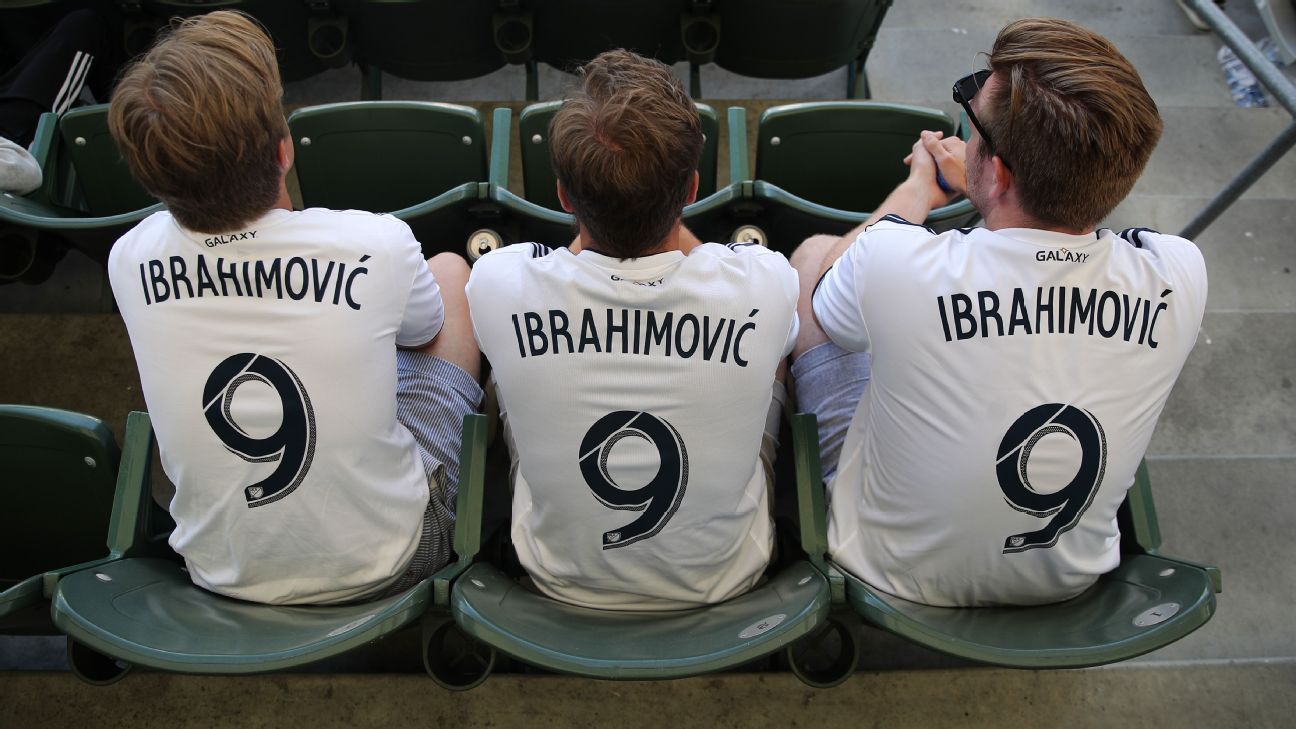
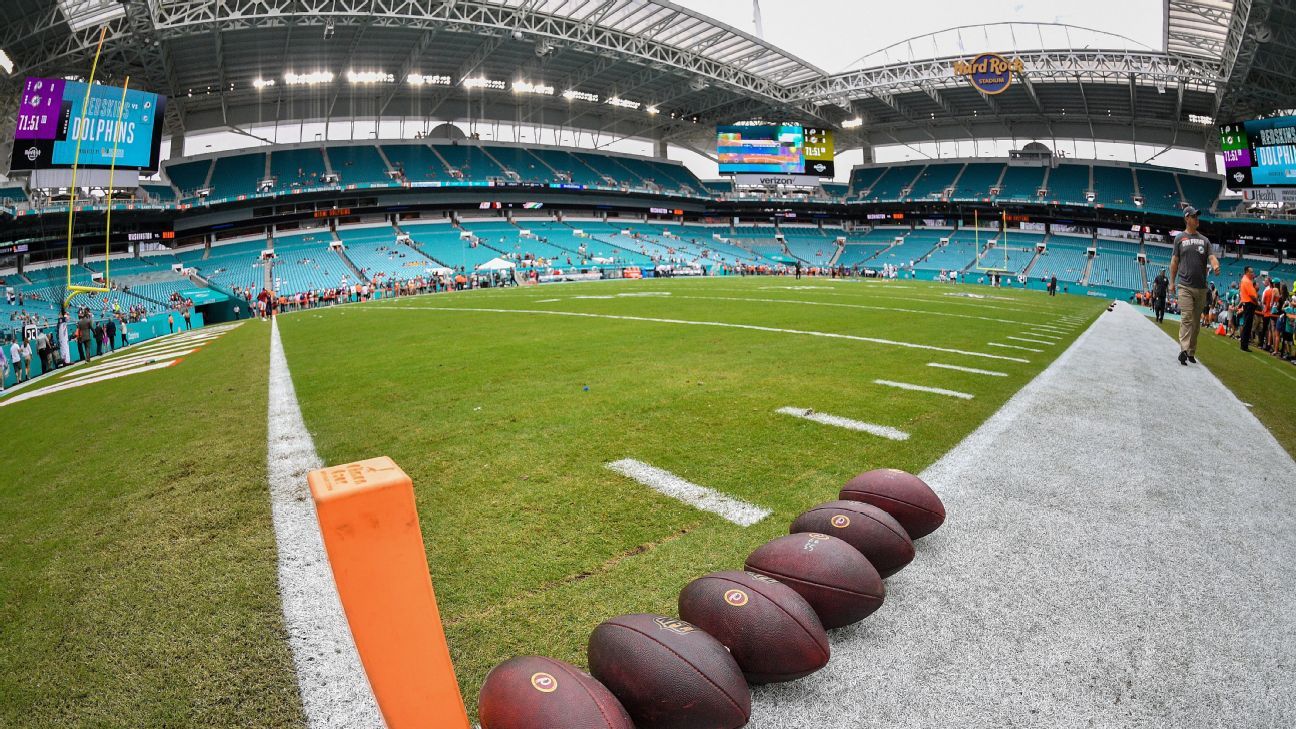

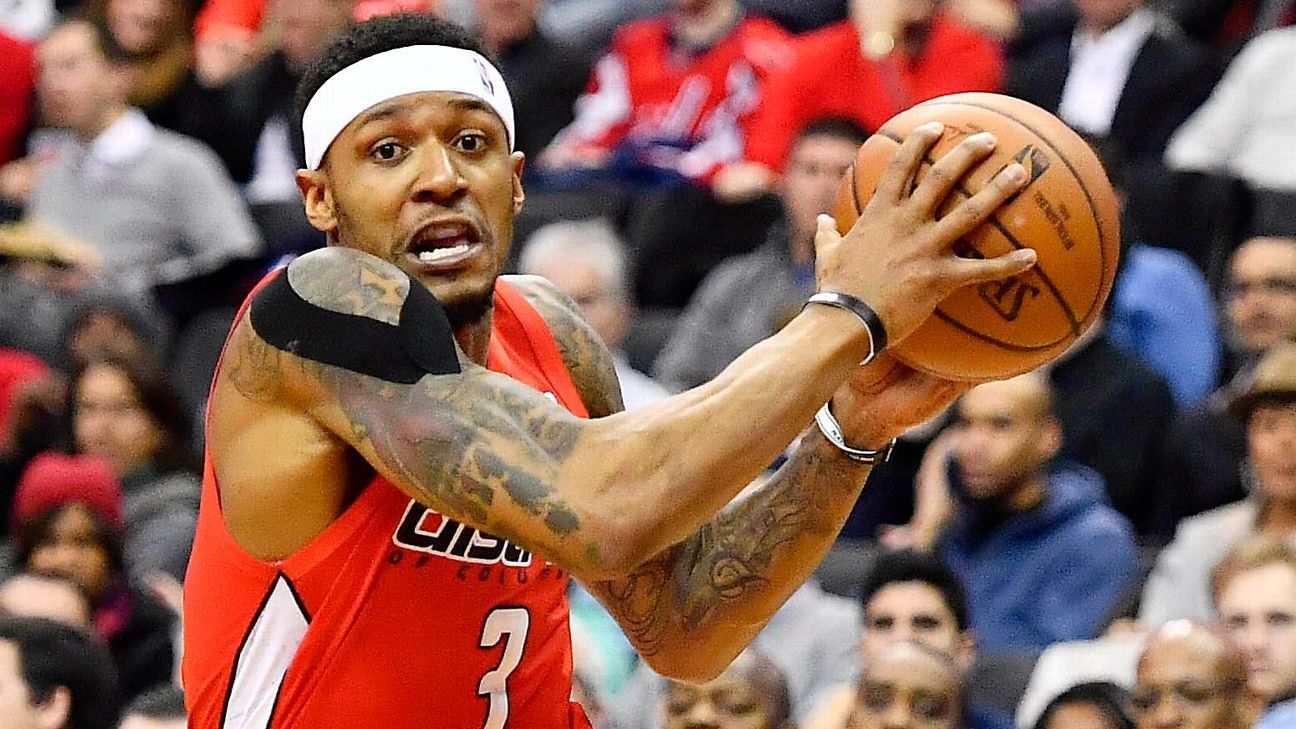


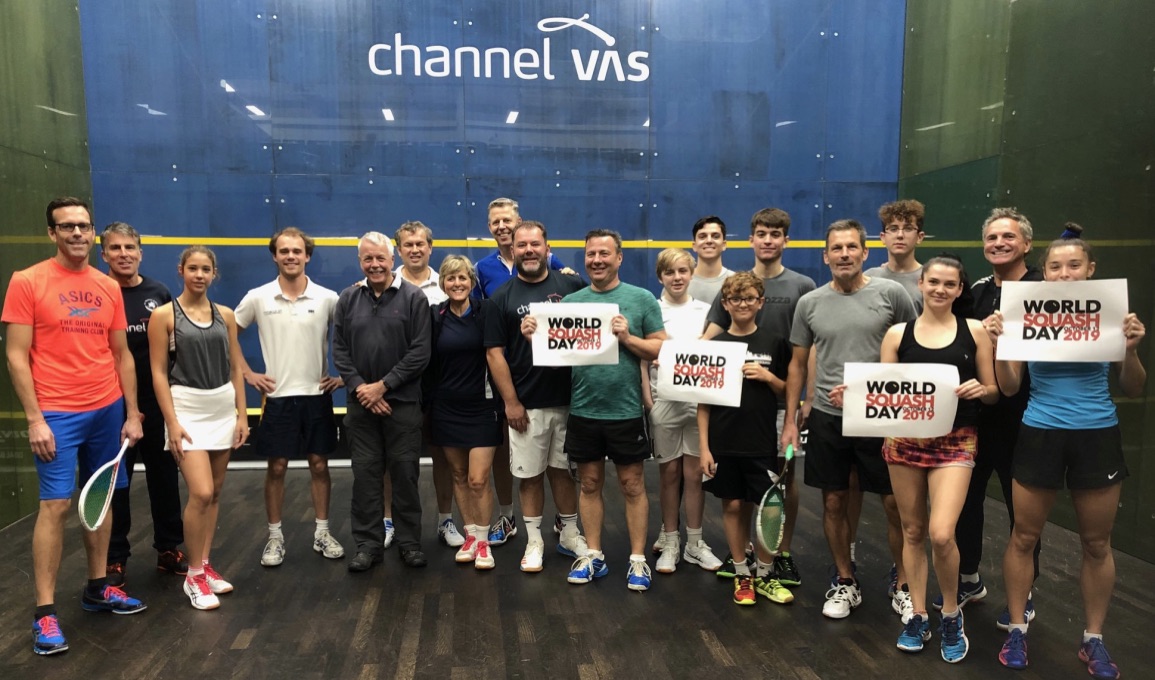
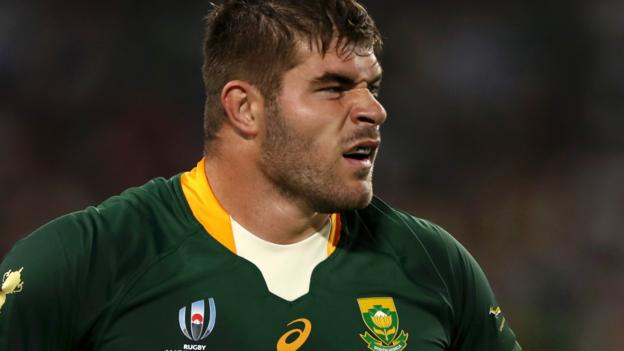

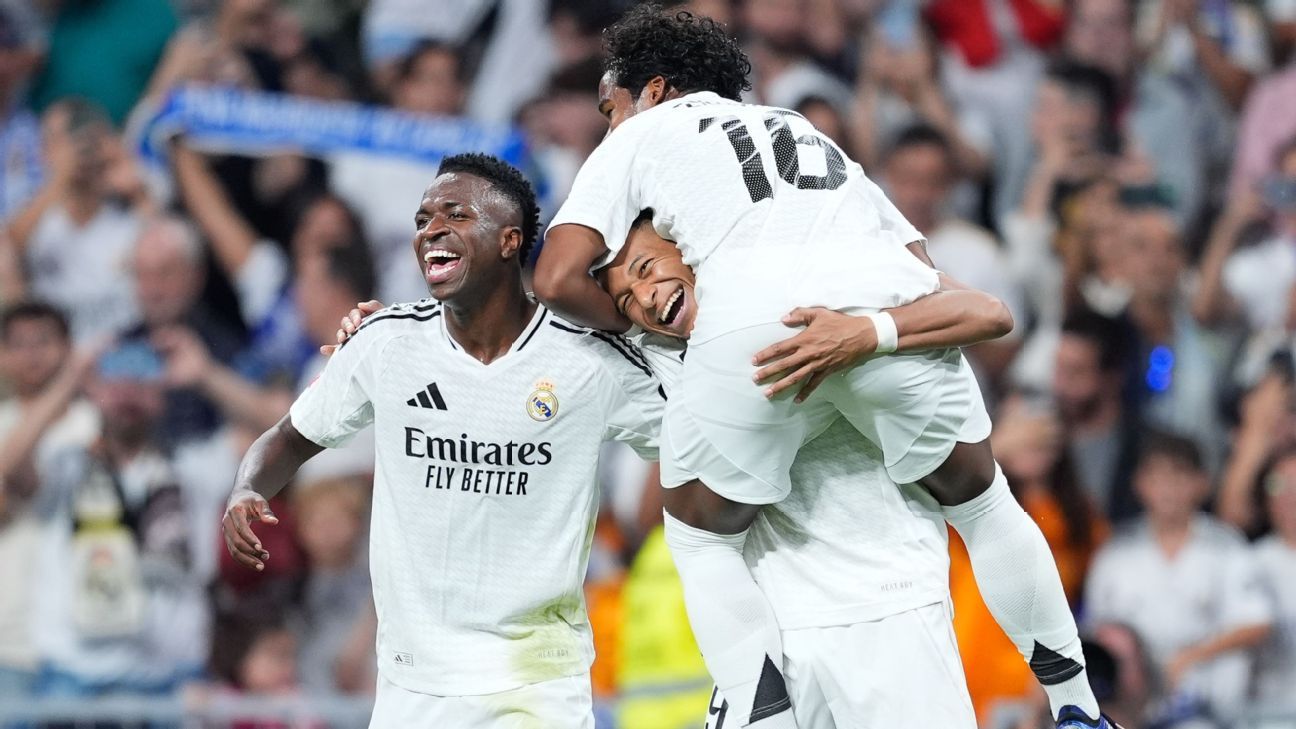









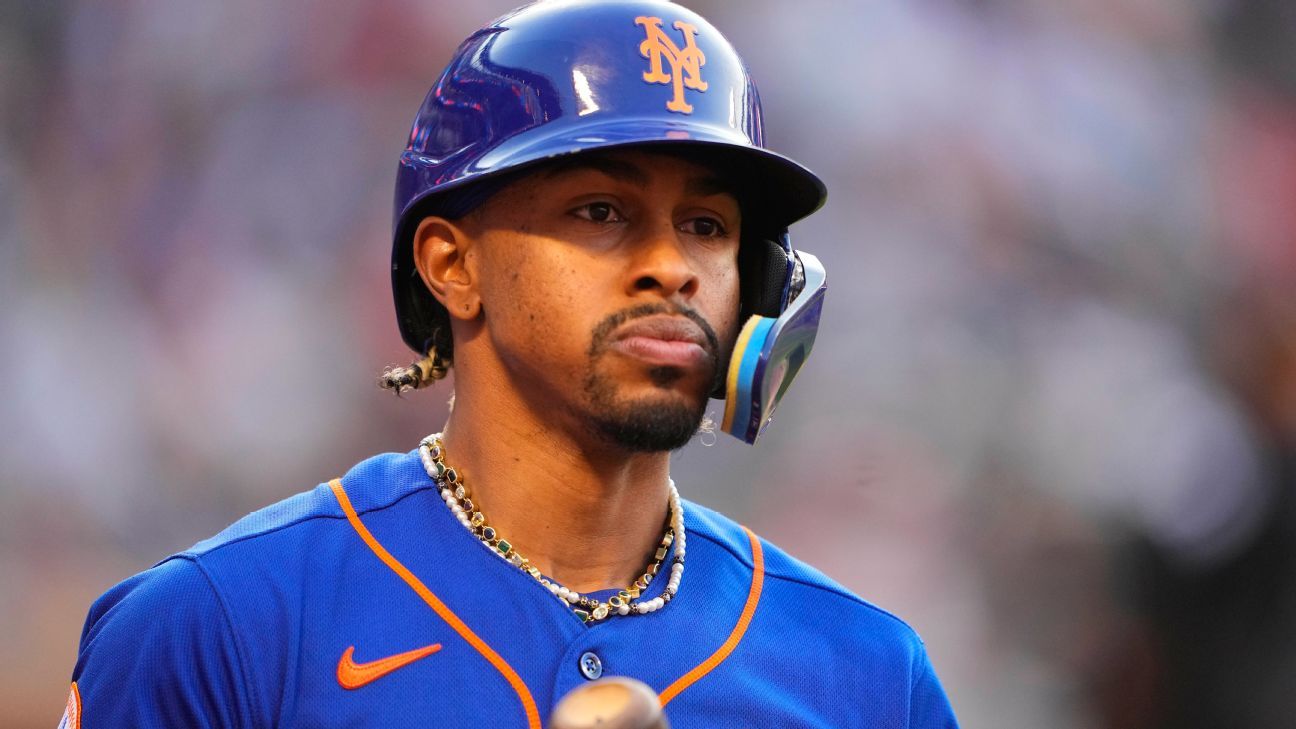


 Phone: (800) 737. 6040
Phone: (800) 737. 6040 Fax: (800) 825 5558
Fax: (800) 825 5558 Website:
Website:  Email:
Email: 






